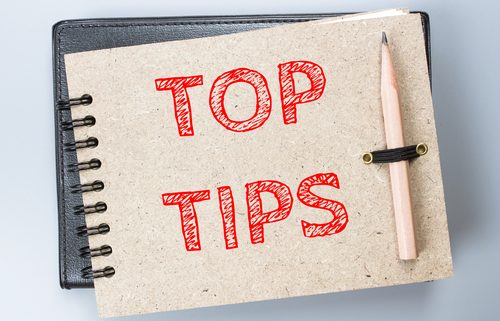Self-Directed IRAs and the Self-Employed: 5 Tips for Saving for Retirement
According to Statista, there are approximately 57.3 million freelancers working in the United States of America. Only around 13% of those workers have retirement accounts. If you are a gig worker or freelancer, you may be wondering how you’ll save for and manage your retirement. In this guide, we will cover 5 tips that can help you, the non-traditional worker, establish a retirement nest egg.
Freelancers Find it Difficult to Save
Whether you are new to freelancing or a long-time veteran, you likely have discovered that workers in the gig economy encounter expenses that W-2 employees typically do not. For instance, a freelancer is responsible for his or her own office supplies, lodging during business travel, fuel and transportation and even marketing expenses. Self-employed business owners often pay quarterly taxes, and the “tax breaks” for gig economy workers aren’t as generous as those available to traditional employees.
With these income restrictions in mind, a gig worker may find that it’s difficult to plan and save for retirement. We at American IRA believe that every worker, regardless of status, has the right to peace of mind. For that reason, we have compiled 5 tips to assist members of the gig economy in developing a savings strategy.
Choose a Retirement Plan
A Self-Directed IRA is one of the easiest ways for anyone – self-employed or traditional – to save for retirement. These plans require little setup, and with the help of a financial advisor and a qualified custodian, freelance workers can easily begin to invest and confidently plan for life after retirement.
The type of IRA you open will depend upon your unique savings goals; speak with your advisor about which is right for your goals and your earnings. Remember that some types of IRAs place limits on your income – if you earn too much you will not be permitted to contribute.
Once you have selected and opened a retirement account, it’s time to begin saving. Here are X ways to ensure you are able to contribute regularly.
Pay Your Taxes Quarterly
If you have been freelancing for any lengthy amount of time, you are already familiar with the tax bill that comes due each April. You can help increase your disposable income by paying these taxes quarterly.
These payments can be made online or via check. For more information, visit the IRS website for applicable forms for your business.
Set Up Automated Deposits
Most banks will allow you to set up automated transfers between two accounts. This can be set as a percentage of your paycheck, but if your income varies you can also choose to transfer a predefined dollar amount each month.
In the event of an emergency, your automatic withdrawals can generally be paused. Be sure to contact your bank to resume transfers.
Consider Disability Insurance
Disability insurance is typically offered to W-2 employees, but freelancers and gig economy workers can access this insurance, too. Research insurance carriers in your area that offer an own-occupation rider. These policies will allow you to collect benefits should the unexpected occur, leaving you unable to work.
Set a Budget
With an unpredictable income, you may find it difficult to set a monthly budget. However, with a bit of effort, you can roughly outline your living expenses. Money earned in excess of that amount can be used to “treat” yourself, but some should also be set aside for retirement. Consider depositing your larger-than-expected client payments into your retirement account as well.
Saving for retirement is an attainable goal, even if your income varies from month to month. Interested in learning more about Self-Directed IRAs? Contact American IRA, LLC at 866-7500-IRA (472) for a free consultation. Download our free guides or visit us online at www.AmericanIRA.com.







